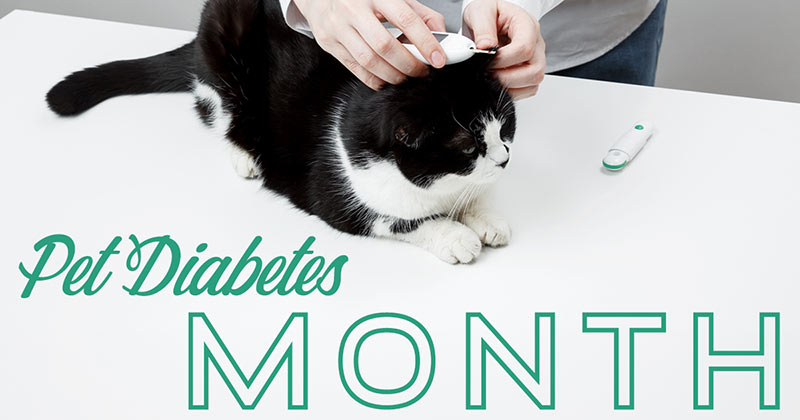
Roughly 1 in 300 dogs and 1 in 230 cats in the country have diabetes. In honor of November being National Diabetes Awareness Month, here are some facts to keep in mind …
Wellness Checks: Early detection is the best protection. The sooner we start treating your pet, the better, so if you see any of the warning signs mentioned above, please schedule a visit with us. We can also prescribe nutritious food and recommend an effective exercise routine.
If your furry friend is showing any red flags for diabetes, please call us at (770) 385-8181 to schedule an appointment.


